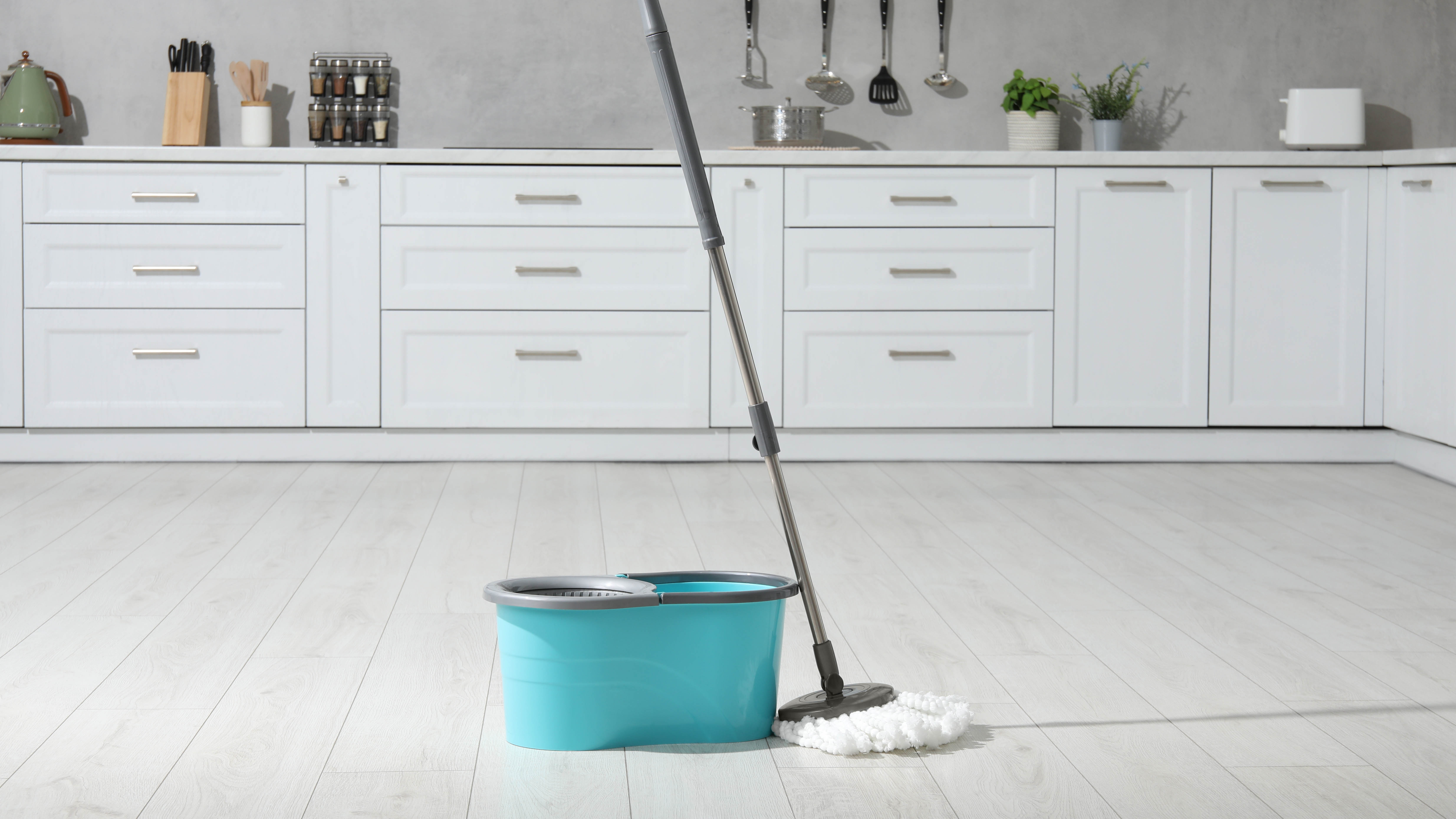I'm a personal trainer — here's what happens to your core during pregnancy, and how to rebuild it
Strengthening your core after pregnancy takes time and patience. Here’s how to start.

Pregnancy transforms you, and I say that from (very recent) experience — I just gave birth to my first baby a week ago, and I still marvel at just how much my body has changed these past nine months.
This article is part of Tom's Guide's Women's Health Week — a series of content that explores how technology and the right workouts can support and empower women through every phase of life.
One aspect that many women notice in their “fourth trimester” is a lack of abdominal strength. Your core muscles — along with your ligaments, organs, skin, and any other body part you can think of — shift and stretch to accommodate your growing bundle of joy. This can result in weakness and instability not only in your abs but throughout your body.
While many women are eager to get back into pre-pregnancy shape, it’s important to remember that rebuilding your core postpartum takes time. If you’ve recently welcomed a new family member and have gotten medical clearance for exercise, start with these steps to strengthen your abs.
What happens to the core during pregnancy?
Your core is made up of several different muscles, located both deep within your torso and more superficially. As your uterus expands and your fetus grows, one of these muscles — the rectus abdominis — stretches and separates to make room. This is a condition known as diastasis recti, and while it’s a normal occurrence during pregnancy, it can remain even after you’ve given birth. Diastasis recti causes a small gap in the stomach above the belly button and can lead to further issues if not addressed.
Deeper muscles like the transverse abdominis, diaphragm, and pelvic floor also lengthen to make room for the baby. This can weaken these muscles, affecting pelvic stability and causing incontinence.
How to rebuild your core postpartum
Once your doctor has given you the go-ahead to resume exercise, roll out your yoga mat and start with these fundamental moves. Beginning with the basics will give you a strong foundation as you return to your pre-pregnancy activity levels.
Begin with breathing
1. Diaphramatic breathing
Diaphramatic breathing is not only beneficial postpartum, but it’s also an excellent way to engage your core muscles during the prenatal period.
Get instant access to breaking news, the hottest reviews, great deals and helpful tips.
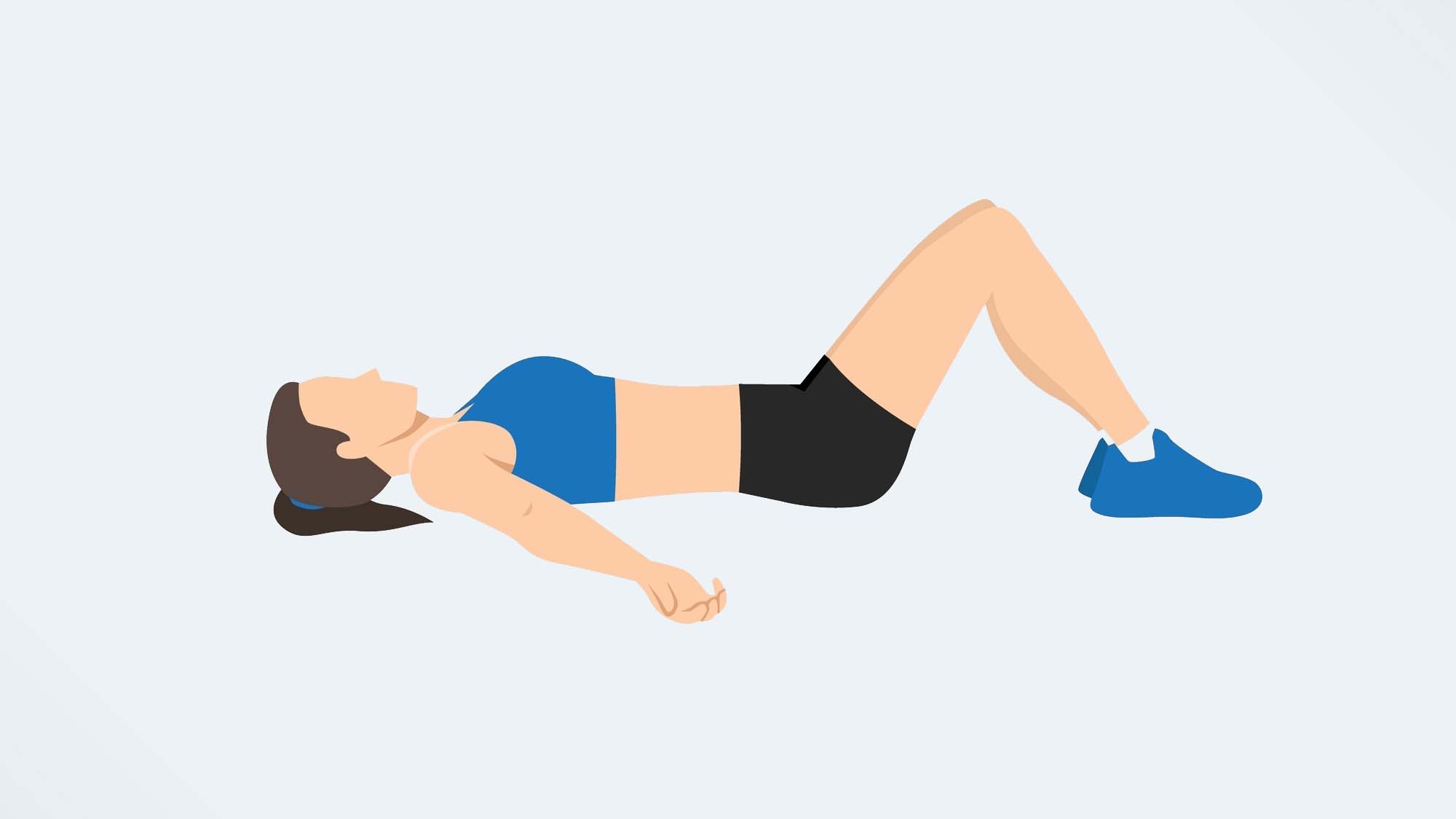
- Lie on your back with your knees bent and feet flat on the floor.
- Maintain a neutral spine.
- Inhale through the nose and expand your rib cage and belly button.
- Exhale through the mouth, draw your belly button towards your spine, and engage your pelvic floor muscles. This should feel as if you’re stopping the flow of urine.
- Hold for a few seconds.
- Continue for 12-15 breaths.
Strengthen deep core muscles with these exercises
Once you’ve mastered diaphragmatic breathing, move on to these movements to address deep core strength.
2. Supine Marches
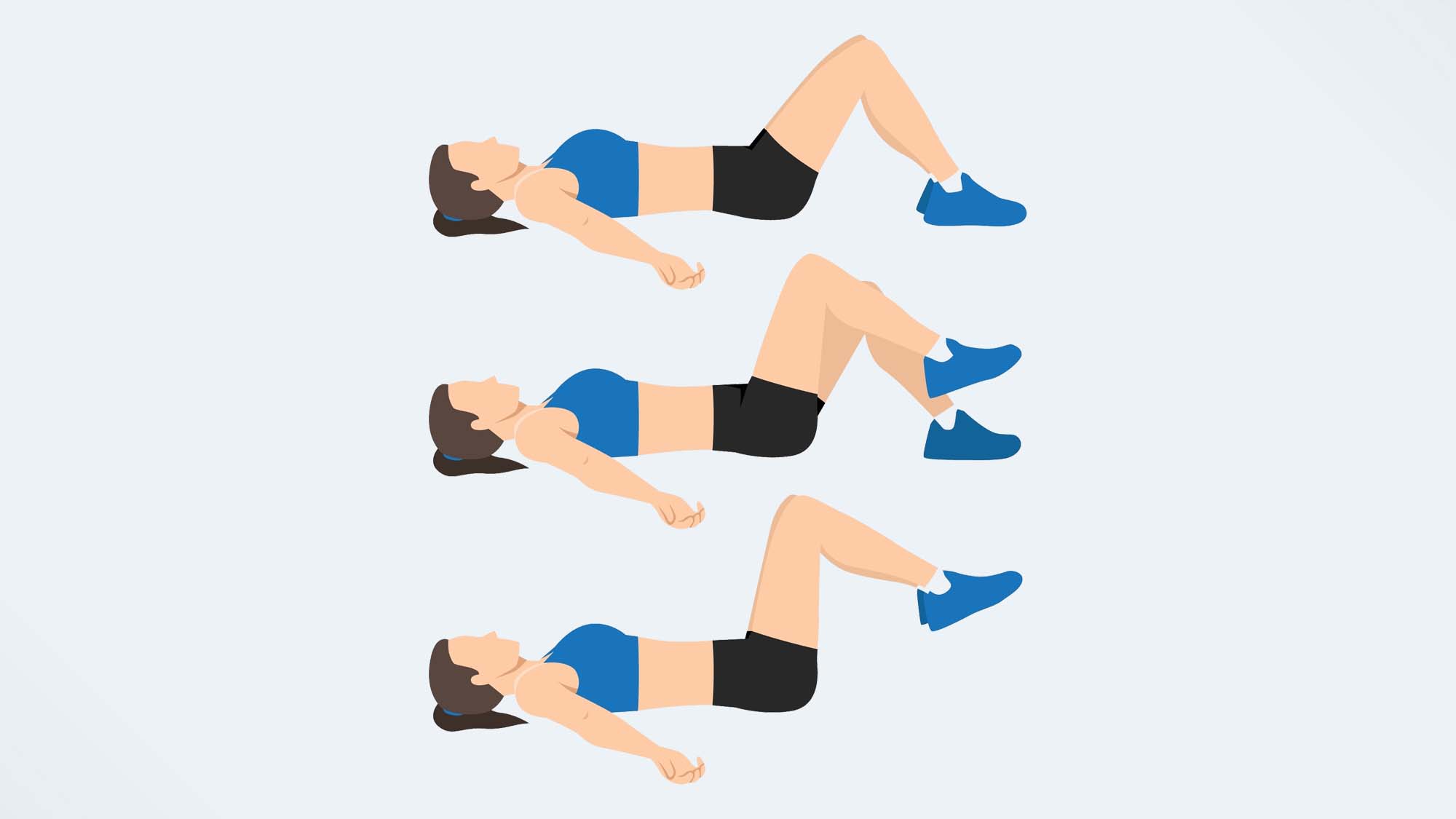
- Lie on your back with your knees bent and feet flat on the floor.
- Maintain a neutral spine.
- Inhale and expand your rib cage.
- Exhale, engage your core, and slowly lift your right leg to a tabletop position.
- Inhale and lower your right leg to the starting position.
- Exhale, engage your core, and slowly lift your left leg to a tabletop position.
- Inhale and lower your left leg to the starting position.
- Continue alternating between your left and right leg for 10-12 repetitions.
3. Heel Taps
- Lie on your back with your knees bent and feet flat on the floor.
- Maintain a neutral spine.
- Bring both knees to a tabletop position.
- Inhale and expand your rib cage and belly button.
- Exhale, engage your core, and slowly lower your right heel towards the mat.
- Inhale and bring your right leg back to the starting position.
- Exhale and slowly lower your left heel towards the mat.
- Inhale and bring your left leg back to the starting position.
- Continue alternating between your right and left leg for 10-12 repetitions.
Address deep core stability with these exercises
After you’ve developed a base level of deep core strength, try these exercises for core stability.
4. Deadbugs
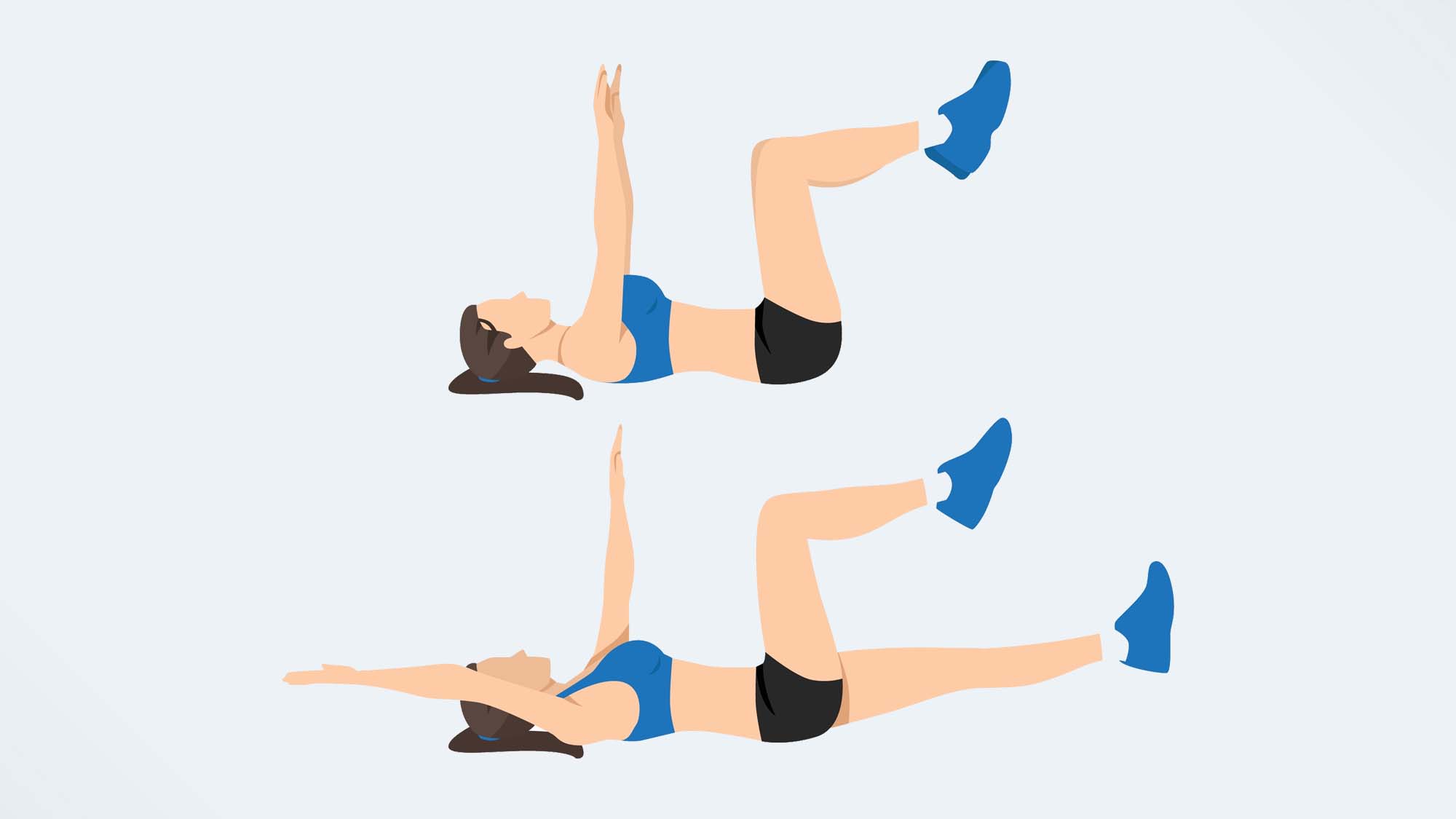
- Lie on your back with your knees bent and feet flat on the floor.
- Maintain a neutral spine.
- Bring both knees to a tabletop position.
- Extend both arms towards the ceiling.
- Exhale and engage your core.
- Lower your right arm and left leg towards the floor.
- Inhale and return to the starting position.
- Exhale and lower your left arm and right leg towards the floor.
- Inhale and return to the starting position.
- Continue alternating between the right and left sides for 10-12 repetitions.
5. Bird dogs
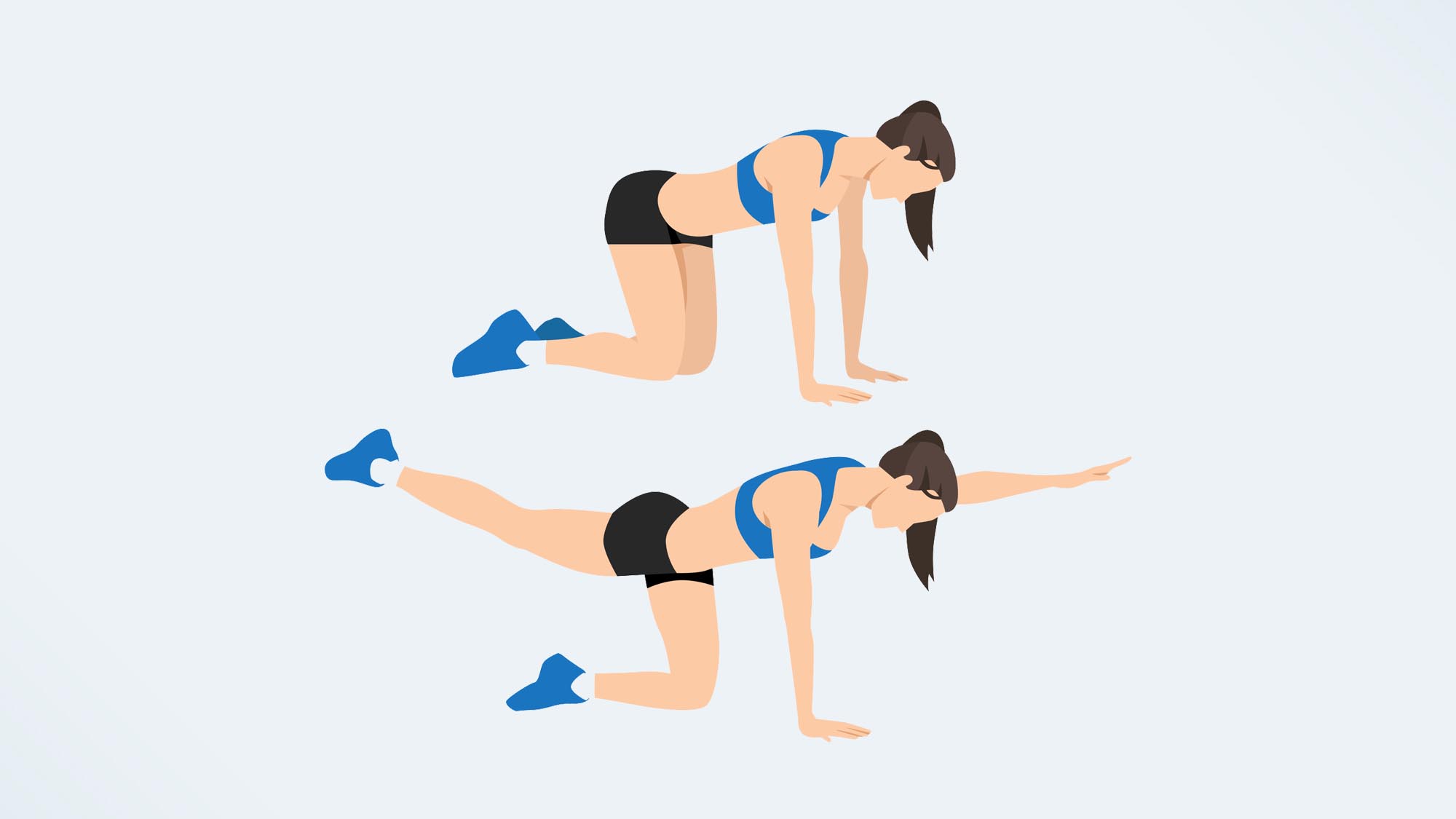
- Come to all fours on the floor.
- Draw your belly button towards the spine and maintain a neutral lower back.
- Extend your right arm in front of you and your left leg behind you.
- Return to the starting position.
- Extend your left arm in front of you and your right leg behind you.
- Return to the starting position.
- Continue alternating between the two sides for 10-12 repetitions.
What are the benefits?
All core exercises are not created equal. Some of the most popular ab moves like crunches, sit-ups, and bicycles can increase intra-abdominal pressure, which can further exacerbate postpartum core weakness, worsen conditions like diastasis recti, and ultimately delay your healing.
All of these exercises in this routine target core muscles like the rectus abdominis, transverse abdomins, pelvic floor, diaphragm, and multifidus without causing an increase in intra-abdominal pressure.
When to see a professional
In some cases, diastasis recti and pelvic floor dysfunction can be severe. If your abdominal gap is wide enough to fit more than two fingers, or if you have trouble controlling urination or bowel movements, contact a pelvic floor physical therapist.

Jennifer Rizzuto is a freelance writer and certified personal trainer based in Long Island, NY. She covers various fitness-related topics and reviews for Tom's Guide. She also writes sketch comedy and short films, and performs frequently as an actor, singer, and improviser. When she's not writing, working out, or performing, you'll find her trying to convince her husband to get a dog.
You must confirm your public display name before commenting
Please logout and then login again, you will then be prompted to enter your display name.

